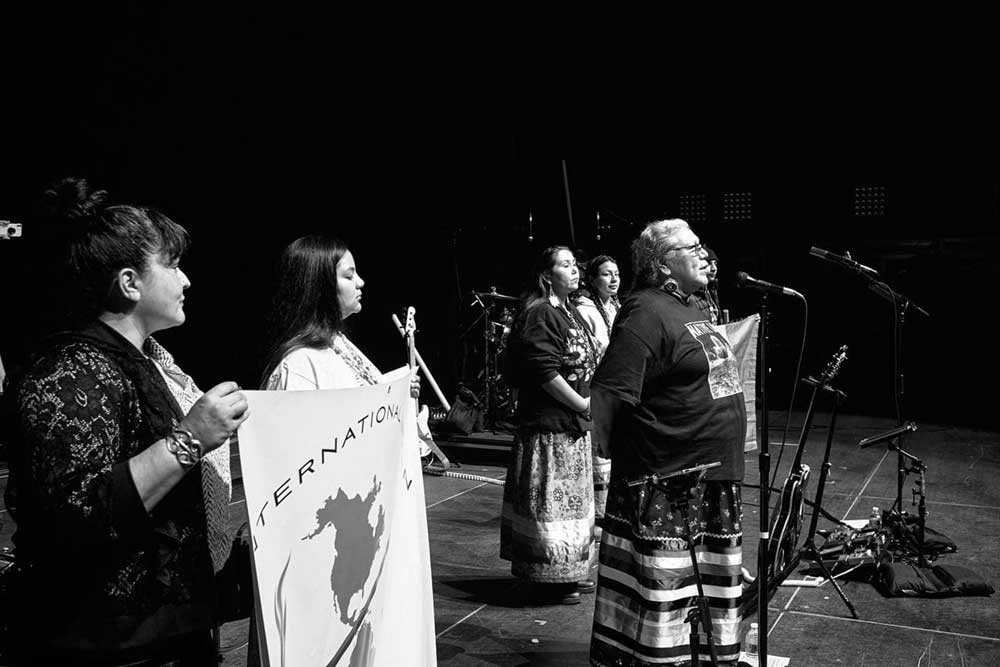The War of 1812 and the Loss of Native American Traditions and Land
The War of 1812 and the Loss of Native American Traditions and Land May 2024
The War of 1812 was a significant event in American history. It was a war fought between an established major power, Britain, and a rising new one, the United States. Even though the result was a draw, it did mark the emergence of the U.S. on the world stage. While that was a positive outcome, there was a darker side to this result.

A Powerful Nation That Needed More Space
The United States was the predominant power in North America and with every year it demanded more room to develop and grow. It had, by now, a well-trained army at its disposal and that army needed to be kept occupied. There was no cause or need for international conflicts so the military had to be used internally. And the target was ready and relatively easy to overcome. The tribal nations needed to accept government dominance or be annihilated.
The Indian Removal Act of 1830
Before 1812, there was no concerted governmental pressure on the Tribes to assimilate and adopt the new European way of life. 15 years after the end of the War of 1812, a law was passed that gave the federal government the right to legally and completely remove Native American tribes from their lands that they had occupied for millennia. For the tribes, the land they lived on was an essential part of the fabric of life. It was where they buried their dead for whom they had great respect and it was where they had sacred sites where funerary and other rituals were performed. With the loss of land came the loss of traditions.
The Impact of the Hegemony
Besides taking tribal lands, the government felt that there was no need for cultural or religious diversity in a new nation that was still uncertain of how the rest of the world looked at it. Presenting a strong unified face of a country of one people with one system of belief, one culture and one government was vital in earning global respect. This meant that under the new laws, tribal traditions had to be pushed aside. Native languages were unacceptable and Native Americans had to learn English. The traditional teaching of tribal history and way of life was later replaced by churches and boarding schools where children were forced to learn the language and culture that were approved by the government. Children were taken away from their families and homes. Unable to continue with their traditions and languages, these children soon began to lose their tribal identities.
Along with this, the tribes were forced to show their “progress” by becoming Christian and giving up their traditional ways of life in favor of farming and other activities approved by the government. The traditional dress was looked upon with scorn by the new “rulers”, as were long hair and tattooing. The more the assimilation was accepted, the better the chances of a tribe being able to retain at least some part of its land and keep the army at bay.
The Muwekma Ohlone Tribe of the San Francisco Bay Area suffered greatly. Today, as a landless tribe is once again finding its voice and this is shown in the regenerated resilience of the Muwekma Ohlone community. The tribe is now communicating with the government, at all levels to restore respect, honor, and solidarity, and its recognized status with the Muwekma Ohlone community. More information about the ongoing efforts of this tribe to regain its lost land and strengthen its cultural roots may be obtained from its website.
https://www.battlefields.org/learn/articles/native-american-involvement-war-1812
https://www.battlefields.org/learn/articles/no-good-feelings-native-americans-and-outcomes-war-1812